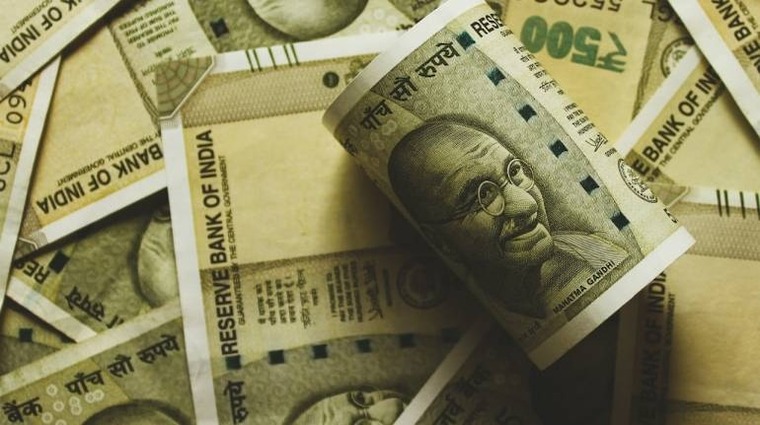The interest rate on small savings schemes are not reduced as frequently as they are supposed to be.
Interest rates have been reduced drastically to drive the economy upwards, in view of the COVID-19-induced slowdown. The signal rate of the RBI, the overnight repo, is at 4 per cent. But the effective signal rate is the reverse repo level of 3.35 per cent, as banking system liquidity is in surplus. As of today, SBI’s savings account interest rate is 2.7 per cent. Its deposit rate for 1-2 years tenure is 5.1 per cent. In this scenario, it is difficult for fixed income oriented savers/investors to find out decent rates. While low interest rates are a fact of life and are here to stay for some time at least, let us discuss some fixed income options that look relatively better.
Lucrative post office schemes
There are certain small savings schemes, i.e., post office schemes that offer relatively higher interest rates.
-Post Office Monthly Income Scheme: The interest rate has been reduced to 6.6 per cent since April 1, 2020. In MIS, the upper limit is Rs 4.5 lakh in single account and Rs 9 lakh in joint account. The maturity period is five years; liquidity is limited. It can be prematurely encashed between one to three years at a discount of 2 per cent of the deposit and after three years at a discount of 1 per cent of the deposit.
-The National Savings Certificate VIII Issue, with an interest rate of 6.8 per cent, has no maximum limit. Deposits qualify for tax rebate under Sec. 80C of IT Act. Transfer of certificates from one person to another can be done only once from the date of issue to the date of maturity. While there is no maximum limit, there is restriction on liquidity.
– Kisan Vikas Patra offers an interest rate of 6.9 per cent. There is no maximum limit on investments. The certificate can be transferred from one person to another and can be encashed after two-and-a-half years from the date of issue. That is, this is relatively better in terms of limit and liquidity.
The interest rate on small savings schemes are supposed to be re-set every quarter, as per the prevailing rate scenario. However, it being for small savers and reduction of rates even in an easing scenario being a tough political decision, it is not reduced as frequently.
What are the other options? RBI’s Floating Rate Savings Bond 2020 (Taxable), effective from July 1, is the new version of the earlier savings bonds. There is no cap on investments. The interest on the bonds is payable semi-annually on Jan 1 and July 1 every year. The coupon on January 1, 2021 shall be paid at 7.15 per cent. The Interest rate for next half-year will be reset every six months, the first reset being on January 1, 2021. The coupon rate will be linked/pegged with the prevailing National Savings Certificate (NSC) rate with a spread of 35 basis points. There is no upper cap on investments in these bonds, but liquidity is an issue. These bonds are not transferable, not tradable in the secondary market and cannot be used as collateral for loans.
Tax-free bonds of PSUs
Investors can also consider the tax-free bonds of PSUs (public sector undertakings). There has been a significant rally in the bond market, driven by RBI’s rate cuts and surplus liquidity. The yield on tax-free bonds is currently in the range of 4.15 per cent to 4.55 per cent, depending on various factors such as demand-supply of a particular bond. For the sake of discussion, let us take a ballpark yield of 4.4 per cent in AAA rated PSU tax-free bonds. The perspective to look at the yield, which is the annualized return, is to calculate the pre-tax grossed-up equivalent. The logic for such an exercise is that, the interest on this instrument being tax-free, if you invested in regular taxable bonds, you would pay tax on it at your marginal slab rate. Hence, to look at the pre-tax equivalent, you marginal tax rate is relevant.
If you are in the 30 per cent tax slab, with cess and surcharge, your effective tax rate is 31.2 per cent. At 4.4 per cent tax-free yield, your pre-tax equivalent is 4.4 per cent / (1-31.2 per cent) = 6.4 per cent. This return does not seem as lucrative, but is still better than a bank term deposit’s interest. It is lower than Post Office or RBI FRSB schemes, but those have liquidity issues. If you are in a higher tax bracket due to surcharge and cess, your pre-tax equivalent would be even higher. For example, at a tax rate of 34.32 per cent, the comparable return comes to 6.7 per cent. These bonds can be traded in the secondary market without impact cost. If you sell these bonds prior to maturity, there would be gains or losses as per market movement. If you can hold till maturity, you will get the yield contracted initially.
Source: https://www.moneycontrol.com/news/business/personal-finance/attractive-fixed-income-options-amid-falling-interest-rates-5751781.html


